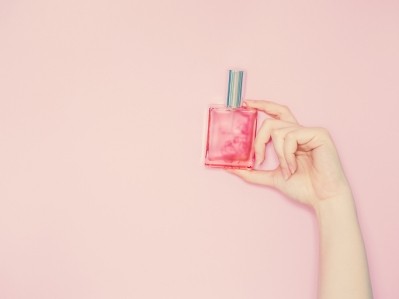The personalised beauty challenge? Safety assessment ‘more complex’, says expert

The rise of personalised cosmetics and personal care products will continue to surge, and with this comes new challenges associated with safety assessment on ingredients and blends, says a consultant.
DIY face masks, add-in serums and build-your-own perfumes are just some of the examples behind the burgeoning personalised beauty trend. And with an array of personalised blends and tailored formulations in R&D pipelines or coming onto the market, Patrick Gonry, safety assessor at S&C Consulting, said there was an increasing need for a more careful approach to safety assessment.
Personalised beauty throws up hundreds of formulation blends
“Safety assessment becomes more complex with personalisation. You really have to know how your customer wants to provide and sell the product on the market,” Gonry told attendees at this month’s Cosmetic Consultants Europe’s (CCE) 2019 Open Academy in Cyprus.
Speaking to CosmeticsDesign-Europe after his presentation, Gonry said personalised cosmetic products threw up a whole range of possible blends, whether mixed in store, by consumers or companies, and every possible combination had to be safety assessed.
“I’ll give you a concrete project we have now: it’s a company with five shampoos, five serums and five different perfumes. That’s 125 different products you can make, so they all need to be assessed,” he said.
Importantly, each ingredient, concentrate or active designed to be blended into a final personalised formulation also had to be safe in its purest form, Gonry said. “For instance, I would never allow my customers to sell cinnamon oil, because it’s a very toxic oil.”
For products designed to be mixed by the consumer, he said some raw materials were just completely unsuitable and others had to be limited to safe doses – using very mild surfactants, for example, versus regular strength typically used.
Labelling on pre-blended personalised beauty must be legally compliant
For companies doing the blending and packaging of personalised products for consumers – shampoos or skin creams ordered online, for example – Gonry said labelling also had to carry the legally-required INCI names and formulation details.
He said S&C Consulting had developed a programme that made this process easier, given the sharp increase in requests to work on personalised cosmetic innovations.
“This is all feasible, but you have to adapt and be open for this,” he said.
Whilst it was more difficult to assess the safety of personalised cosmetics, he said it was necessary to do because personalisation was a surging and important consumer trend driven by a scepticism of traditional cosmetic products.
“…That’s why we are really trying to be flexible with our customers to give them a solution that is legal and safe, because the last part is very important,” Gonry said.










![Chinese study highlights mental health challenges in atopic dermatitis, emphasising holistic patient care. [Getty Images]](https://www.cosmeticsdesign-europe.com/var/wrbm_gb_food_pharma/storage/images/_aliases/wrbm_tiny/publications/cosmetics/cosmeticsdesign-asia.com/headlines/formulation-science/chinese-research-linking-atopic-dermatitis-to-mental-health-underscores-need-for-holistic-care/17040623-1-eng-GB/Chinese-research-linking-atopic-dermatitis-to-mental-health-underscores-need-for-holistic-care.jpg)








